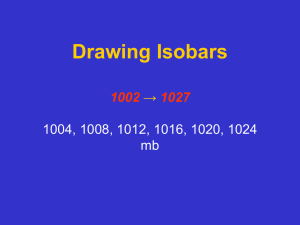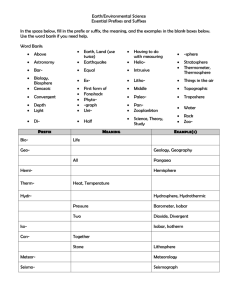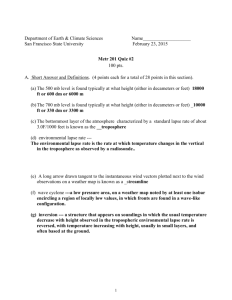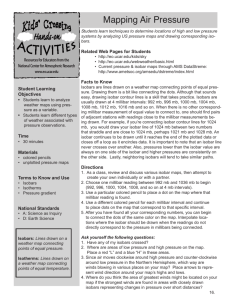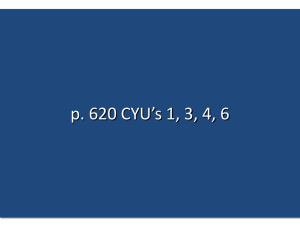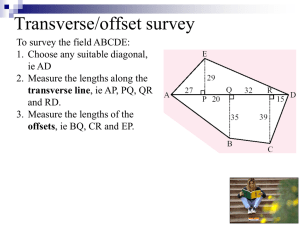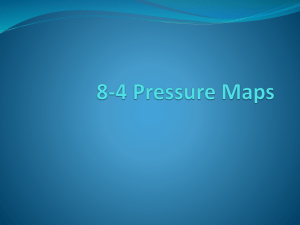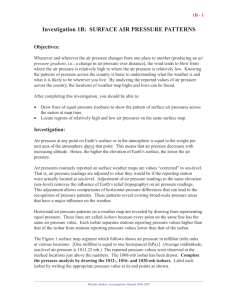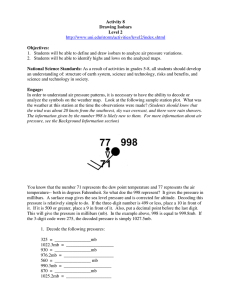Stresses in soils - Se civil engineering
advertisement
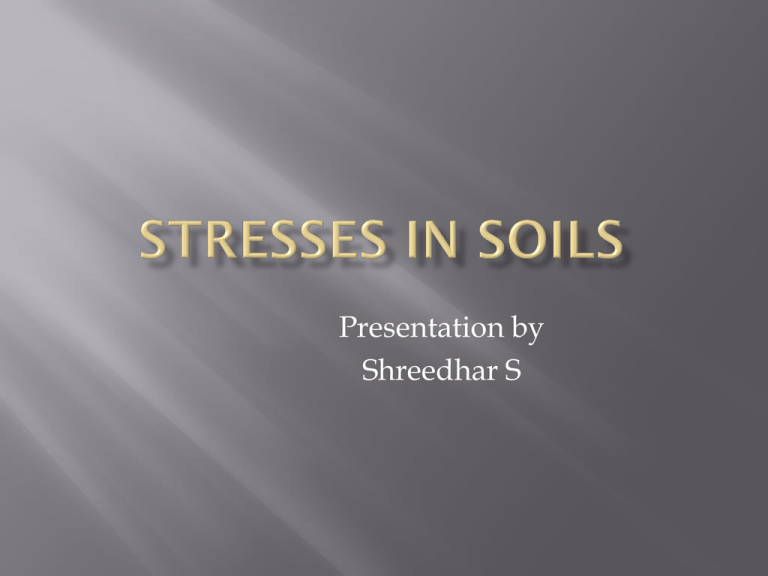
Presentation by Shreedhar S An isobar is a curve joining the points of equal intensity In other words an isobar is a contour of equal stresses The isobar of a particular intensity can be obtained by Let it be required to plot an isobar for which Assuming various values of depth(z), the corresponding IB values are computed. For the values of IB , the corresponding r/z values are determined Once the value of r/z has been determined the radial distance r can be calculated. An isobar is symmetrical about the load axis, the other half can be drawn from symmetry. It is observed that r is zero at load point and attains the maximum value at r/z =0.75 And again decreases In the same manner the isobar of intensity 0.2Q,0.3Q etc can be drawn The zone with in which the stresses have a significant effect on the settlement of structure is known as pressure bulb The area outside of the pressure bulb is assumed as negligible stress. The vertical stress on horizontal plane at depth ‘z’ is given by Z being a specified depth For several assumed values of r, r/Z is calculated and the influence factor IB is found for each, the value of vertical stress is then computed. The maximum stress occurs just below the load (r=0) and it is decreases rapidly as the distance r increases The vertical stress distribution on a vertical plane at a radial distance of ‘r’ can be obtained from In this case a radial distance r is constant and depth changes The value of r/z are obtained for different depths z Boussinesq’ s solution assumes that the soil deposit is isotropic. Actual sedimentary deposits are generally anisotropic. There are thin layers of sand embedded in homogeneous clay strata. According to Westergaard the vertical stress at a point P at a depth z below the concentrated load Q is given by This is an approximate method to find the vertical stress at any point inside a soil mass due to uniformly distributed load acting on an area of any shape In this method loaded area is divided in to a number of smaller areas and replacing the distributed load on a small area by an equivalent point load acting at the centroid of the area Q= q (a X b) Thus the total load is converted in to number of point load Q1,Q2,Q3,Q4=q (aXb) r1,r2,r3,r4 =radial distances of point of load acting from point P
